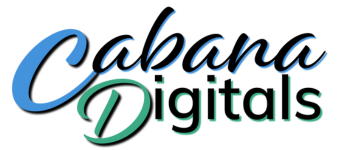Building a Sales Funnel for Your Small Business: Attract, Convert, and Retain Customers
A well-designed sales funnel is key to transforming casual visitors into loyal customers. For small business owners, it’s not just about selling but creating a seamless journey that attracts, converts, and retains customers.
Here’s how to build a simple yet effective sales funnel tailored to your business needs.
What Is a Sales Funnel?
A sales funnel represents the customer journey from discovering your business to making a purchase and becoming a repeat customer.
The process includes three stages:
Attract: Capturing the attention of potential customers.
Convert: Turning interested prospects into buyers.
Retain: Nurturing relationships for repeat business.
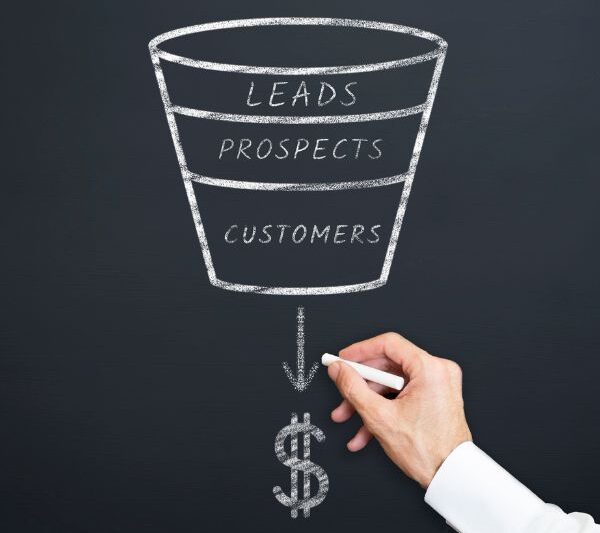
Each stage requires specific strategies and tools to guide customers smoothly through their decision-making journey.
Stage 1: Attract – Capturing Attention
To build a strong funnel, start by attracting potential customers. This step focuses on visibility and creating a reason for people to explore your offerings.
1. Identify Your Ideal Customer
Understanding your target audience is essential. Ask questions like:
Who are they?
What problems do they face?
How can your product or service help them?
Create detailed customer personas to shape your messaging.
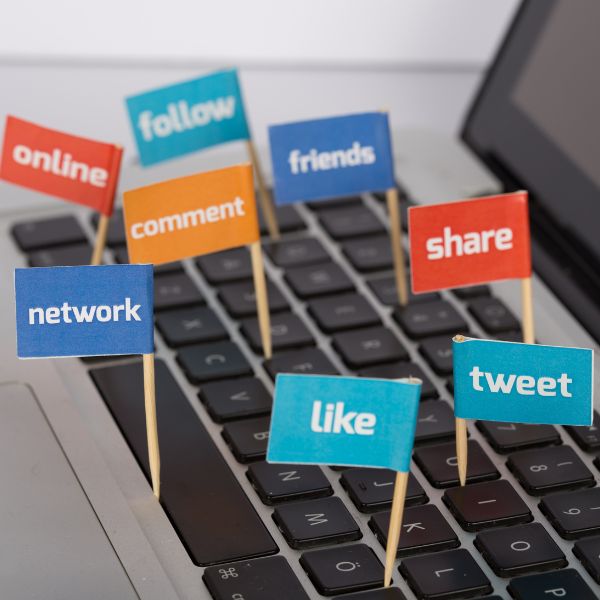
2. Leverage Online Channels
Meet your customers where they are. Effective methods include:
Social Media: Share engaging posts, reels, or stories to reach a wider audience.
Search Engine Optimization (SEO): Optimize your website to rank for keywords your audience searches for.
Paid Ads: Use platforms like Google Ads or Facebook to target specific demographics.
3. Offer Valuable Content
Build trust by offering free value. Examples include:
Blog posts or guides addressing their pain points.
Informative videos or tutorials.
Free downloadable resources like checklists or templates.
Stage 2: Convert – Turning Interest into Action
Once you’ve captured attention, it’s time to convert leads into paying customers. This requires strategic nurturing and presenting compelling reasons to buy.
1. Create a Lead Magnet
A lead magnet is a free offering that persuades potential customers to share their contact information.
Examples include:
Free eBooks or whitepapers.
A free trial or demo of your product.
Discount codes for first-time buyers.
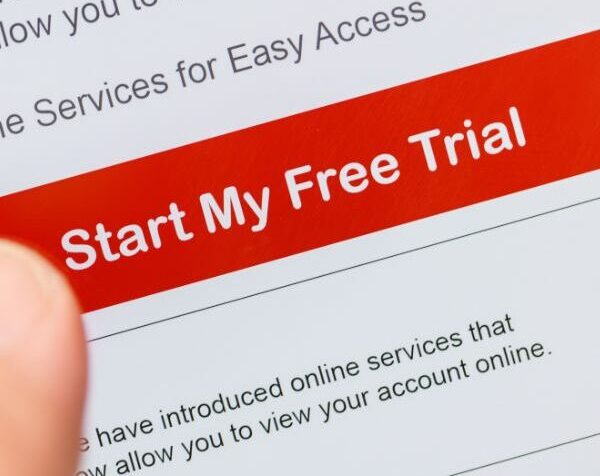
2. Use Email Marketing
Emails are a direct way to stay connected with leads. Use an email series to:
Welcome them to your brand.
Provide educational content about your product or service.
Offer exclusive deals to encourage a purchase.
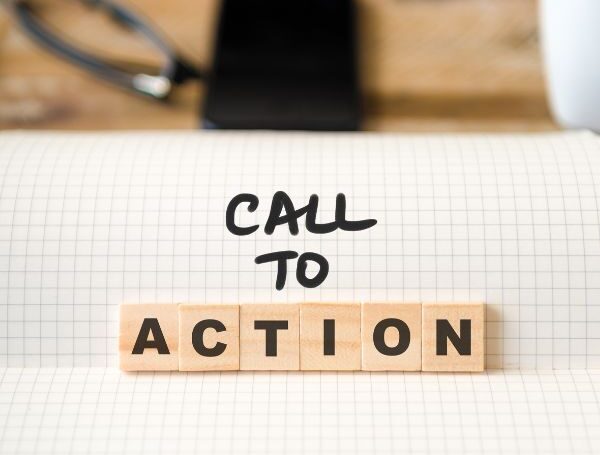
3. Optimize Your Landing Pages
Your landing page should be clear, attractive, and conversion-focused. Include:
A compelling headline.
A concise explanation of your offering.
Strong calls-to-action (CTAs) that guide visitors to the next step.
Stage 3: Retain – Building Long-Term Relationships
Acquiring new customers is expensive. That’s why retention is vital for small businesses. It’s easier and more profitable to keep existing customers happy.
1. Deliver Excellent Customer Service
Exceptional customer experiences foster loyalty. Be responsive to inquiries, resolve complaints quickly, and ensure your customers feel valued.
2. Stay Engaged with Follow-Ups
Regular follow-ups show your customers you care beyond the sale.
Use:
Post-purchase thank-you emails.
Personalized recommendations based on their previous purchases.
Surveys to gather feedback and improve your offerings.

3. Build a Loyalty Program
Reward repeat customers with exclusive benefits. Ideas include:
Points systems that lead to discounts.
Early access to new products or services.
Special perks for referrals.

Tips for Optimizing Your Sales Funnel
Analyze the Data: Use analytics tools to track your funnel’s performance and identify areas for improvement.
Test and Adjust: Experiment with CTAs, email subject lines, or ad visuals to see what resonates best with your audience.
Keep It Simple: Don’t overwhelm prospects. A straightforward process increases the likelihood of conversion.
